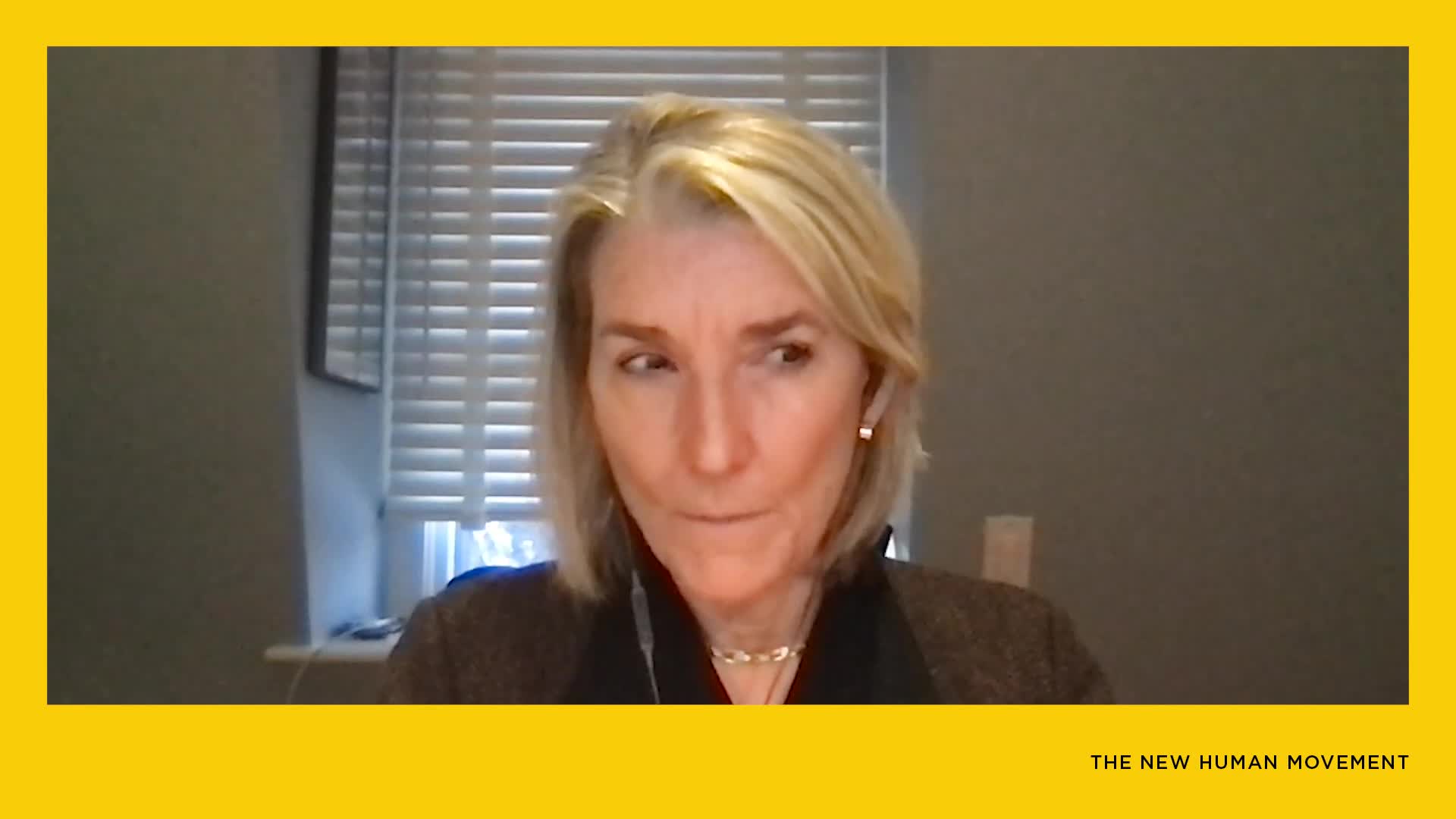Organizational Behavior
How does Brian Chesky define company culture and what makes a culture strong?
Brian Chesky defines culture as "a shared way of doing things" where team members align around a common mission with shared beliefs. He distinguishes between weak and strong cultures rather than good or bad ones, noting that strong cultures are founder-led where people are deeply passionate about the mission. According to Chesky, the most critical elements for building a strong culture are thoughtful hiring practices and having a set way of doing things that people buy into. At Airbnb, they've institutionalized this approach through culture interviews and a Core Values Council that serves as an advisory group to maintain and strengthen their company values.
Watch clip answer (02:07m)What is Edgar H. Schein's approach to effective career counseling?
According to Schein, effective career counseling requires learning how to match individual qualities with the environment where one plans to work. He views career counseling fundamentally as a matching problem between a person's values and what their potential workplace values and affords. This approach is particularly valuable for PhD students entering faculty roles, as it emphasizes understanding both institutional culture and one's own career anchors. By identifying personal priorities such as autonomy or security and matching them with organizational values, individuals can make more informed career decisions that lead to fulfillment and professional success.
Watch clip answer (00:17m)What role does a strong team play in building a successful business?
A strong team is crucial for business success as it enables an organization to function with utmost efficiency and consistency without compromising quality. The content creator shares how building a core team with the right people allowed them to focus on their primary work while team members managed specialized areas like performance marketing, resulting in excellent ROI. Having dedicated pillars in the organization ensures sustainable growth and maintains content quality even as volume increases. Rather than being a one-person operation, a successful business operates as a cohesive unit where each member's contributions support long-term scalability without sacrificing individual wellbeing.
Watch clip answer (01:48m)How does Amy Edmondson define effective leadership?
Amy Edmondson defines leadership as the ability to harness the efforts of others to achieve greatness. According to her, leadership is fundamentally about making a difference and inspiring others to voluntarily contribute their best efforts. She emphasizes that effective leadership is not about formal positional power but rather the capacity to inspire people to give that extra voluntary contribution. Edmondson notes that leaders are vulnerable to others' willingness to step up with effort, ingenuity, and heart. She distinguishes between 'getting ahead' and 'making a difference,' highlighting that true leadership focuses on the latter. People follow effective leaders not because of authority but because they're inspired to contribute their full potential toward meaningful outcomes.
Watch clip answer (02:09m)What does leadership truly mean according to Ursula Burns?
According to Ursula Burns, leadership means taking a clear stance, standing firmly behind it, and accepting both the consequences when wrong and the glory when right. She emphasizes that true leadership requires compromise, investing for the long term, and making your point known while accepting the repercussions of your decisions. Burns contrasts this with what she observed in both politics (the debt ceiling negotiations) and business (the subprime market crisis), where short-term thinking prevailed over building long-term value. She notes that authentic leadership is actually 'a scarce example around the world.'
Watch clip answer (01:29m)What are the different leadership styles and how do they impact workforce performance?
Daniel Goleman identifies six leadership styles, four with positive impacts and two with negative effects. The positive styles include: visionary (articulating motivational goals), coaching (helping people develop skills and reach career goals), affiliative (building social connections), and consensus-oriented (involving others in decisions). These styles create optimal emotional states for performance. The negative styles are pacesetting (leading by example but being overly critical) and command-and-control (coercive, sometimes involving anger or humiliation). Goleman emphasizes that a leader's primary responsibility is to create an emotional environment that helps people perform at their best, as the leader's emotional state significantly impacts the entire team.
Watch clip answer (02:51m)




